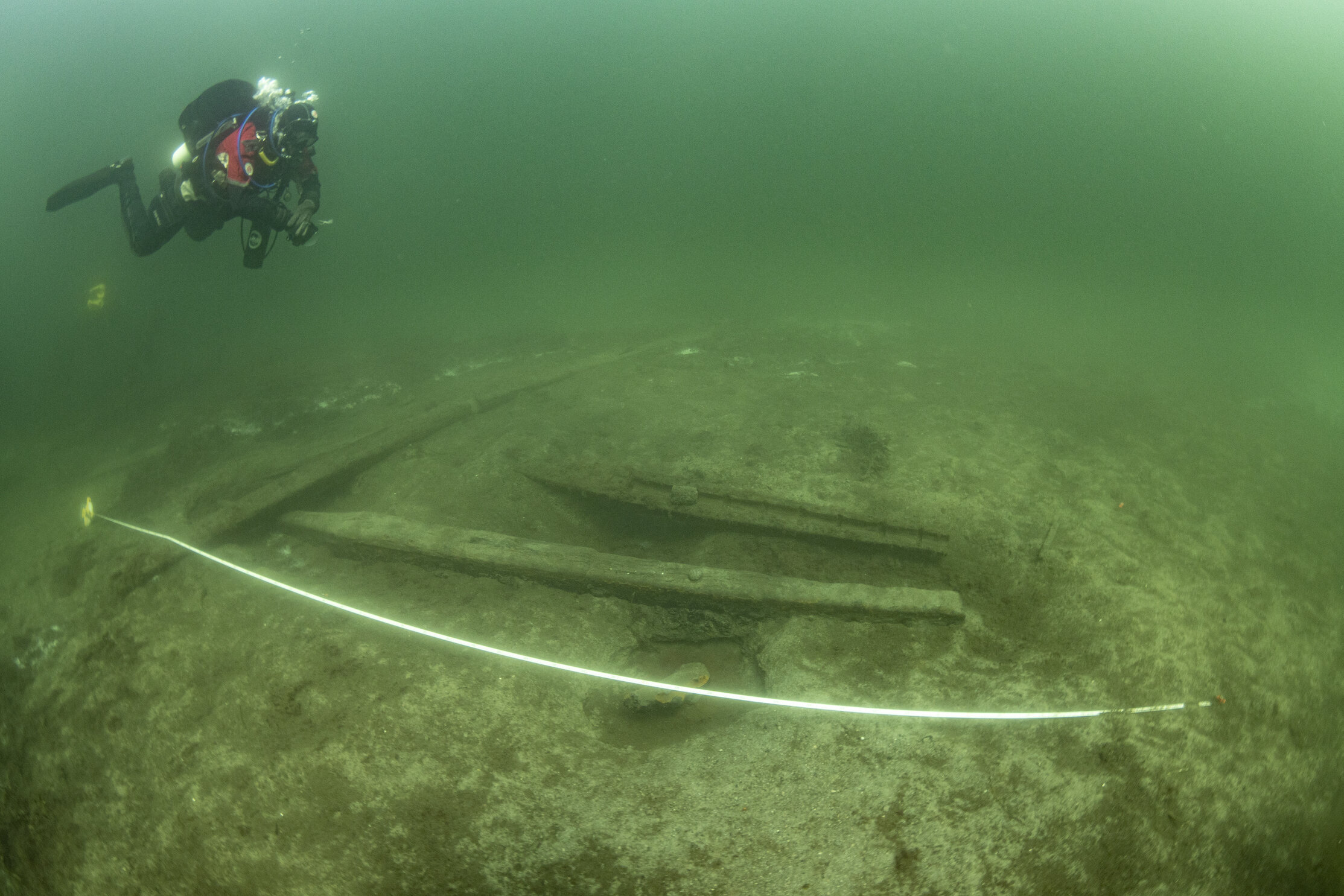
"Researchers have unveiled new findings about the artillery carried by Gribshunden, the Danish-Norwegian royal flagship that sank mysteriously off the Swedish coast in 1495. This late medieval vessel, now recognised as the best-preserved warship of its kind, offers an unparalleled look at the technological crossroads between the Middle Ages and the Age of Exploration. The findings come from a new study published in the International Journal of Nautical Archaeology."
"Gribshunden was built in the Low Countries around 1484, from timber harvested in the Ardennes. By 1485 it was in the service of King Hans of Denmark and Norway. Unlike the Iberian monarchs who sponsored overseas voyages, Hans used his flagship closer to home. He personally sailed on it across the Baltic, employing it as a "floating castle" - a mobile royal stronghold to project power, travel to Norway and Gotland, and enforce authority throughout his realm."
"The cost of such a vessel was staggering. Estimates suggest that the construction and equipping of Gribshunden may have absorbed up to 8% of Denmark's national budget in 1485. For Hans, the ship was not only a display of military strength but also a political tool: a seaborne counterpart to a fortress. Its functions went beyond warfare, extending into diplomacy, administration, and even cultural representation."
Gribshunden carried artillery that illustrates a technological crossroads between the Middle Ages and the Age of Exploration. The vessel was built in the Low Countries around 1484 from Ardennes timber and entered King Hans of Denmark and Norway's service by 1485. The flagship functioned as a floating castle—a mobile royal stronghold used to project power, travel to Norway and Gotland, and enforce authority. Construction and equipping may have consumed up to 8% of Denmark's 1485 national budget. While anchored off Ronneby in June 1495, an explosion and fire destroyed the vessel. The wreck is now recognised as the best-preserved late medieval warship, offering detailed insight into late 15th-century naval ordnance and shipboard roles.
Read at Medievalists.net
Unable to calculate read time
Collection
[
|
...
]